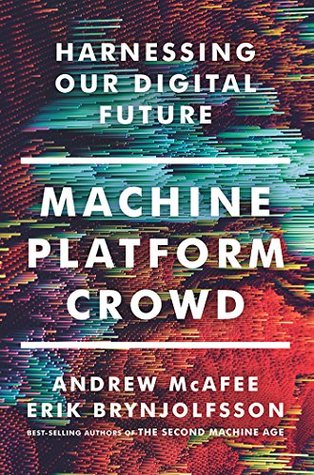In practice, this means that when two people work together on a project and one of them owns an essential asset, like a machine or factory necessary to produce the output, then that owner has the residual rights of control. If either of them comes up with some great new idea to increase the output of the machine, the owner can implement it without further consultation. The nonowner, in contrast, needs the owner’s permission. That requirement gives the owner bargaining power to, for example, insist on a cut of the additional output. TCE calls this the “hold-up problem.” As a result, ownership
...more
Welcome back. Just a moment while we sign you in to your Goodreads account.


